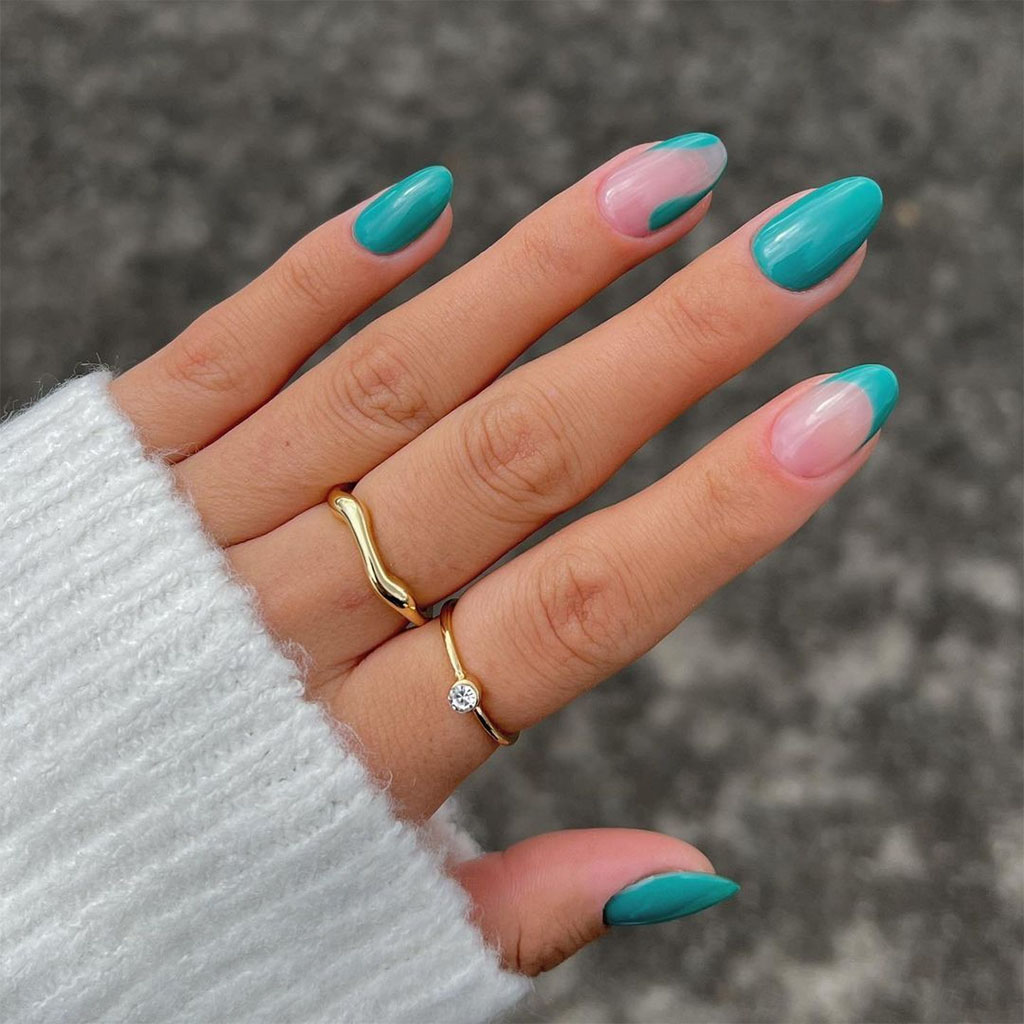How to Prevent Color Gel Manicure Risks
A gel manicure is a beautiful feeling as it enhances your gorgeousness to the next level. A perfect color gel manicure should comfortably last for three weeks. Besides, you can have regular touchups to improve overall longevity. However, a less-than-perfect manicure has its issues.

This article focuses on the three most significant gel manicure risks. We shall also discuss how to prevent them and the precautions one should take. But, before that, here are the pluses of having gel nails colors manicures.
Benefits of Gel Manicures
Gel manicures have many positive aspects. First, gel manicures are durable and last long. Besides, you get a thin coating on your nails. As a result, your nail does not feel heavily loaded as it would seem with a dip powder manicure. Secondly, gel colors are available in abundance. Thirdly, a gel manicure can mask structural imperfections on your nails and make them look uniform and beautiful. Finally, it is one of the most straightforward procedures to master. Now, let us discuss the risks associated with a gel manicure.
Three Major Risks Associated with Gel Manicures
Weak nails can be a significant irritant
First, one should agree that gel is never bad for your nails. However, a lot depends on the nail salon technician. If the nail salon personnel is not well trained in the manicuring process, you can end up with weakened nails.
The salon technicians generally use electric nail files for shaping your nails and scrubbing off the surface to rough it up. However, an ill-trained technician can remove excess layers off your nails and make them weak. As a result, the nails can snap and cause injuries that can take time to heal.
The solution is to file your nails carefully and not overdo it. Secondly, gel polish requires curing the nails under a UV lamp. It helps harden the polish layer and protects the nails. Finally, you can always check with your salon technician and insist on seeing their license and certifications. The law clearly states that nail salons should display their licenses for everyone to view.
Excessive UV exposure can damage the nail and the skin surrounding it
Color gel manicures require curing the gel polish layer under a UV/LED lamp. There is no alternative to this procedure. However, excessive exposure to UV radiation can be dangerous to your skin and nails. The UV/LED lamp used for curing nail polish emits high-intensity UV rays. Therefore, you face the risk of damaging your skin cells. Continuous exposure to high-radiation UV can cause skin problems like dermatitis and even skin cancer.
The solution is to limit your exposure to UV radiation. One way is to have alternative manicures that do not require curing under the UV lamp, like a dip powder manicure. Alternatively, you can wear specially-made UV-resistant gloves with openings at the fingertips for the nails to emerge. These gloves protect the rest of your hands from UV radiation. Besides, you can also apply sunscreen lotion on your skin before exposing your nails to UV radiation.
Nail dehydration issues during the removal process
One of the critical issues of a color gel manicure is the removal procedure. Gel polish dissolves in acetone. Hence, you should necessarily use nail polish removing products containing acetone. Acetone has dehydrating properties. Therefore, continuous exposure to acetone can result in water loss from your nails and fingertips.
Secondly, the removal procedure involves scraping off the gel nails color layers before soaking the nails in acetone. This process helps reduce acetone exposure considerably. However, it would help to be careful when scraping off the polish layers using an electric file. If you scrape hard, you could injure your nails. At the same time, leaving more polish on your nails results in longer soaking times. That can cause dehydration.
The solution is to gently scrape the nail polish layers using an electric or manual file. Secondly, you can reduce the acetone exposure to the minimum by placing cotton swabs dipped in acetone on your nails. Finally, you can wrap your nail tips with aluminum wraps to hold the cotton swabs in place. This procedure reduces acetone exposure. However, it does not prevent dehydration. So, the best follow-up measure is to rehydrate your nail. You can gently massage your nails with cuticle oil and help rehydrate them. One should also follow a healthy diet. Besides, giving adequate rest to your nails help them to regain their natural health.
Final Words
Gel manicure is a beautiful process that helps you get gorgeous nails in town. However, this procedure has its shortcomings that could harm your nail. Therefore, we stress the importance of having your color gel nails by a qualified technician. The preventive measures can reduce the damage caused to your nails.
